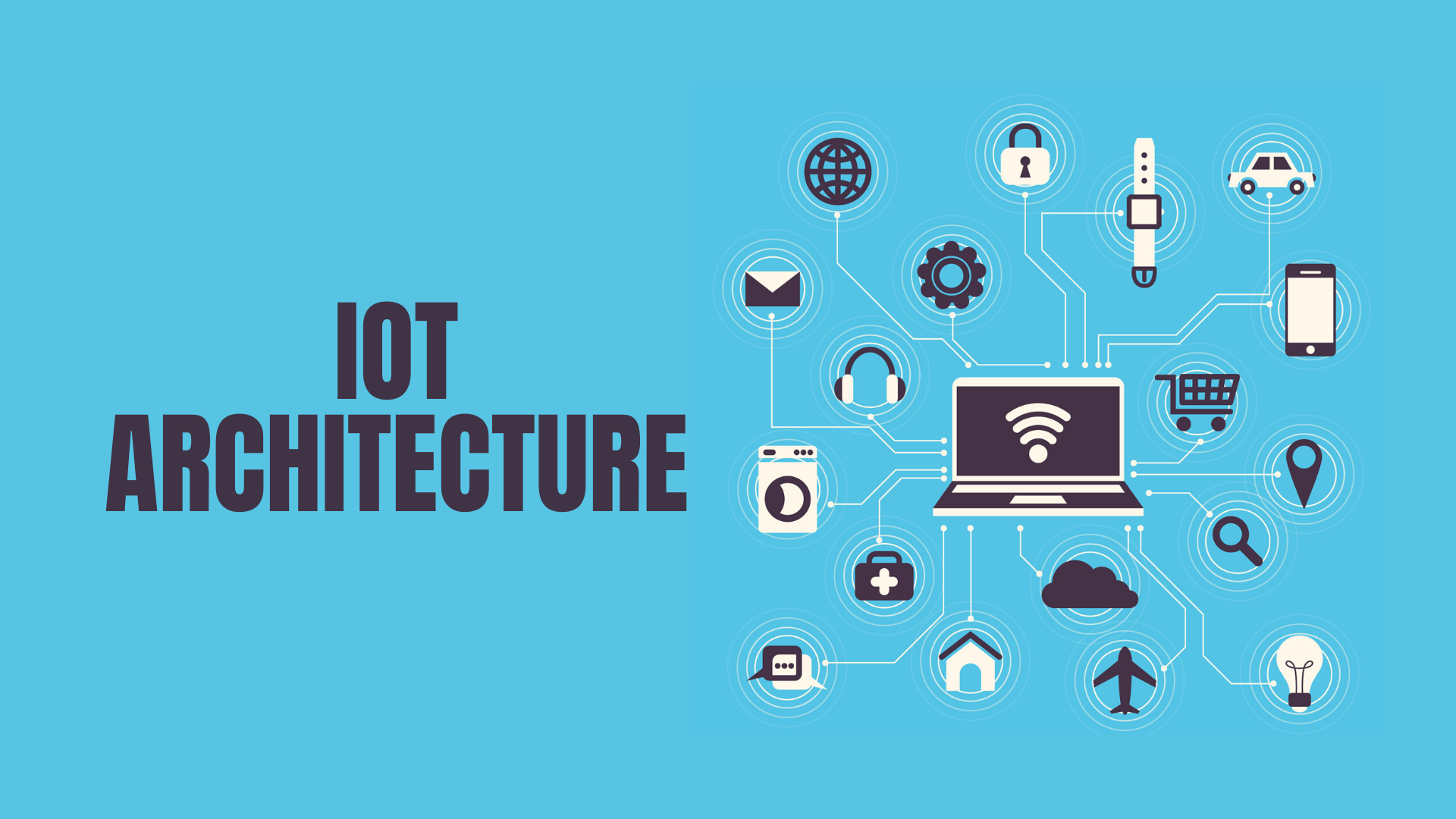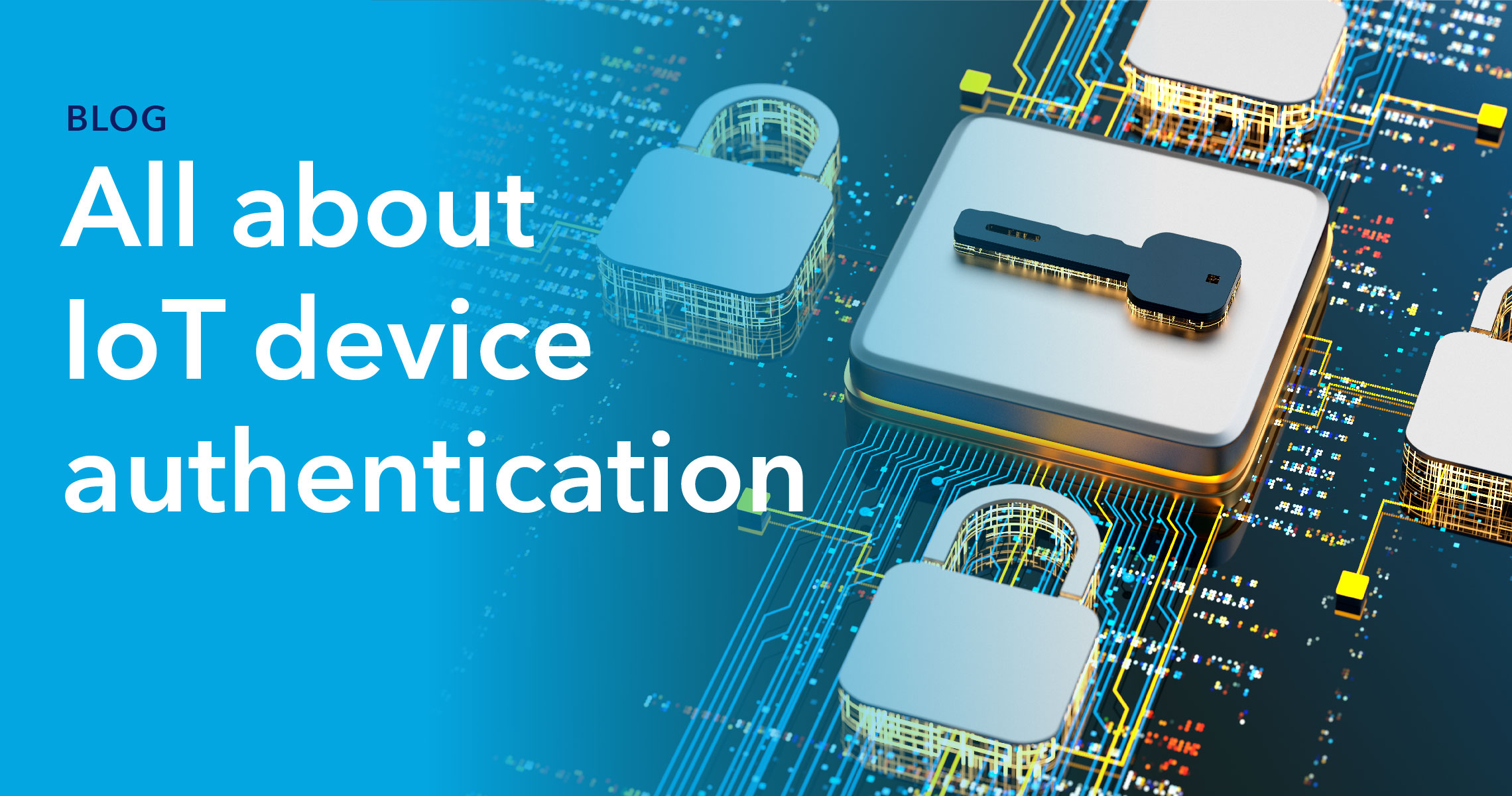Mastering The Art Of Remote IoT Management Over The Internet On Mac Without Third-Party Tools
Let’s face it—IoT devices are everywhere, and managing them remotely is no longer a luxury but a necessity. Whether you're a tech-savvy professional or just someone trying to keep their smart home running smoothly, understanding how to use remote IoT management over the internet on a Mac without relying on third-party tools is a game-changer. In this guide, we’ll dive deep into the nitty-gritty of setting up and managing your IoT devices from anywhere in the world, all from the comfort of your Mac.
Nowadays, the internet of things (IoT) has transformed the way we interact with technology. From smart thermostats to security cameras, IoT devices have made our lives more convenient. But what happens when you need to tweak settings or troubleshoot issues while you're miles away? That’s where remote IoT management comes into play. And guess what? You don’t need fancy software or expensive subscriptions to get the job done.
This article isn’t just about giving you a quick fix; it’s about empowering you with the knowledge to take full control of your IoT ecosystem. By the time you finish reading, you’ll be equipped with practical tips, step-by-step instructions, and expert advice to manage your IoT devices remotely on a Mac without relying on third-party tools. So, buckle up and let’s get started!
- Why Vegamivies Is The Next Big Thing For Plantbased Food Enthusiasts
- Ullu Web Series Movie The Rise Of Edgy Indian Entertainment
Table of Contents
- Understanding IoT and Its Importance
- Basics of Remote IoT Management
- Setting Up Your Mac for Remote IoT Management
- Security Considerations for Remote IoT
- Tools You Need (Without Third-Party Software)
- Step-by-Step Guide to Remote IoT Management
- Troubleshooting Common Issues
- Best Practices for Efficient IoT Management
- The Future of IoT and Remote Management
- Conclusion: Take Control of Your IoT Ecosystem
Understanding IoT and Its Importance
Before we dive into the technicalities, let’s take a moment to understand what IoT really is and why it’s such a big deal. IoT stands for the Internet of Things, and it refers to the network of physical devices embedded with sensors, software, and connectivity that allow them to exchange data. These devices range from simple household gadgets like smart bulbs to complex industrial machinery.
Managing IoT devices remotely is essential for several reasons. First, it saves time and resources by allowing you to make adjustments without physically being present. Second, it enhances security by enabling you to monitor and respond to potential threats in real-time. Lastly, it ensures that your IoT devices are always optimized for performance, no matter where you are.
Why Remote Management Matters
Remote IoT management isn’t just about convenience; it’s about efficiency. Imagine being able to check the status of your smart home devices while you’re on vacation or adjust the temperature of your office thermostat during a snowstorm. The possibilities are endless, and the benefits are undeniable.
- Movie Download Your Ultimate Guide To Streaming And Downloading Movies Legally
- Unveiling The Magic Of Vegasmovies Your Ultimate Entertainment Destination
Basics of Remote IoT Management
Alright, let’s break it down. Remote IoT management involves accessing and controlling your IoT devices over the internet. This can be done through various methods, but the key is to ensure that your devices are securely connected and accessible from your Mac. Here are the basic steps:
- Set up your IoT devices on a local network.
- Enable remote access through port forwarding or a dynamic DNS service.
- Use SSH or a similar protocol to securely connect to your devices.
- Monitor and manage your devices using built-in tools on your Mac.
While this might sound complicated, trust me—it’s not. With the right approach, you can have your IoT devices up and running in no time.
What You Need to Know
Before you start, there are a few things you should know. First, ensure that your Mac is running the latest version of macOS to avoid compatibility issues. Second, familiarize yourself with basic networking concepts like IP addresses and ports. Lastly, always prioritize security by using strong passwords and enabling two-factor authentication wherever possible.
Setting Up Your Mac for Remote IoT Management
Your Mac is more than just a laptop—it’s a powerful tool for managing your IoT devices. Here’s how you can set it up for remote IoT management:
Start by enabling SSH on your Mac. This can be done through System Preferences > Sharing. Once enabled, you can use Terminal to connect to your IoT devices. Additionally, consider installing Homebrew, a package manager for macOS, to simplify the installation of necessary tools.
Key Steps to Follow
Here’s a quick rundown of the steps:
- Enable SSH in System Preferences.
- Install Homebrew for easier tool management.
- Use Terminal to establish secure connections.
- Configure your network settings for optimal performance.
By following these steps, you’ll have a solid foundation for managing your IoT devices remotely.
Security Considerations for Remote IoT
Security should always be at the forefront of your mind when managing IoT devices remotely. The last thing you want is for someone to gain unauthorized access to your smart home or office network. Here are some security tips to keep in mind:
- Use strong, unique passwords for all your devices.
- Enable two-factor authentication wherever possible.
- Regularly update your devices and software to patch vulnerabilities.
- Monitor your network for suspicious activity using tools like Wireshark.
Remember, security is an ongoing process. Stay vigilant and proactive to protect your IoT ecosystem.
Best Security Practices
Implementing best practices is crucial for maintaining the integrity of your IoT network. Consider setting up a separate subnet for your IoT devices to isolate them from your main network. Additionally, use encryption protocols like HTTPS and TLS to secure your data transmissions.
Tools You Need (Without Third-Party Software)
One of the coolest things about managing IoT devices on a Mac is that you don’t need to rely on third-party software. Your Mac comes equipped with all the tools you need to get the job done. Here are some of the essential tools:
- Terminal: Your go-to tool for establishing secure connections.
- Homebrew: Simplifies the installation of additional utilities.
- Network Utility: Helps you diagnose and troubleshoot network issues.
- Keychain Access: Stores and manages your passwords securely.
By leveraging these built-in tools, you can manage your IoT devices efficiently and securely.
Why Stick to Built-In Tools?
Using built-in tools has several advantages. First, they’re free and don’t require additional installations. Second, they’re reliable and well-integrated with macOS. Lastly, they offer a high level of security, making them ideal for managing sensitive IoT devices.
Step-by-Step Guide to Remote IoT Management
Now that you have the basics down, let’s walk through a step-by-step guide to managing your IoT devices remotely on a Mac:
- Set up your IoT devices on your local network.
- Enable SSH on your Mac and configure port forwarding on your router.
- Use Terminal to connect to your IoT devices via SSH.
- Monitor and manage your devices using built-in tools.
- Regularly update your devices and software to ensure optimal performance.
Following these steps will give you full control over your IoT devices from anywhere in the world.
Tips for Success
Here are a few tips to help you succeed:
- Document your setup process for future reference.
- Test your connections regularly to ensure reliability.
- Stay informed about the latest security threats and updates.
Troubleshooting Common Issues
Even the best-laid plans can go awry. If you encounter issues while managing your IoT devices remotely, don’t panic. Here are some common problems and how to fix them:
- Connection Issues: Check your network settings and ensure that SSH is enabled.
- Device Unresponsiveness: Restart your devices and verify their firmware.
- Security Breaches: Review your security protocols and update your passwords.
By addressing these issues promptly, you can keep your IoT ecosystem running smoothly.
When to Seek Help
If you’re unable to resolve an issue on your own, don’t hesitate to seek help. Online forums, support communities, and professional services can provide valuable assistance when you’re stuck.
Best Practices for Efficient IoT Management
To ensure that your IoT management efforts are as efficient as possible, follow these best practices:
- Regularly back up your data to prevent loss.
- Document your processes and configurations for future reference.
- Stay informed about the latest trends and technologies in IoT management.
By adhering to these practices, you’ll be well-equipped to handle any challenges that come your way.
Staying Ahead of the Curve
The world of IoT is constantly evolving. To stay ahead, keep learning and experimenting with new technologies and techniques. Attend webinars, read industry publications, and engage with the IoT community to broaden your knowledge.
The Future of IoT and Remote Management
As technology continues to advance, the future of IoT and remote management looks brighter than ever. We can expect to see more sophisticated devices, enhanced security measures, and improved user interfaces. The possibilities are truly endless.
What’s Next?
Stay tuned for the next wave of innovations in IoT. From AI-driven automation to blockchain-based security, the future is full of exciting developments that will transform the way we interact with technology.
Conclusion: Take Control of Your IoT Ecosystem
In conclusion, managing IoT devices remotely on a Mac without third-party tools is not only possible but highly rewarding. By following the steps outlined in this guide, you’ll be able to take full control of your IoT ecosystem and enjoy the convenience and efficiency it offers.
So, what are you waiting for? Start exploring the world of remote IoT management today and see how it can transform your life. And remember, if you have any questions or feedback, feel free to leave a comment or share this article with your friends. Together, we can build a smarter, more connected future!
- David Boreanaz The Man Behind The Screen And The Heart Of Tv Magic
- 5 Movierulz 2024 Your Ultimate Guide To The Latest Streaming Craze
How To Use Remote Manage IoT Over Mac Without Hassle

Remote Manage IoT Over On Mac For Free Comprehensive Guide

How To Connect SSH IoT Device Over Without Mac Or Windows